Of Stars and Men
By Hatim Madani
|
TRAPPIST-1 system. Credit: NASA Astronomical research is currently focused on the quest for extra-terrestrial life, and unless we discover life on the satellites of some of our planets, it is outside the solar system that we will have to look for traces of life. The discovery in 2017 of the Trappist-1 system hosting seven telluric planets, which was the result of the remarkable work of researchers from many nations among which Morocco (Pr Zouhair Benkhaldoun and the Oukaiemeden observatory’s team); constitutes a historical discovery that rekindled the hopes of detecting extra-terrestrial life. This noble quest driven by the insatiable curiosity of the human being should also encourage us to think about ourselves, as humans and earthlings, about our place and value in this infinite universe. |
|
|
I recently read for the first time the book of Arthur C. Clarke, " 2001 A Space Odyssey", published in 1968 which inspired the fascinating cinematographic blockbuster that I will never tire of watching. I noted an interesting idea of the author that there were more or less 100 billion stars in our galaxy, and that figure was about equal to the number of human beings who lived on Earth, so that for every man shines a star in the sky. This beautiful poetic vision, updated in the light of our current knowledge, invites us to a simple mathematical exercise. We estimate today that there is a minimum of 100 billion galaxies in the observable universe. With an average of 100 billion stars per galaxy we would then get a total of 1022 stars in the observable universe, a dizzying number. For each man it would be rather a galaxy that shines so in the cosmos, or in other words, each man possesses his own galaxy wandering in the universe! We cannot have fun comparing the physical value of a human being to that of a star, as the comparison could seem absolutely disproportionate. But from a purely "economic" point of view, of abundance and scarcity on the cosmic scale, we should come to the evidence that, ultimately, and until proof of the discovery of other intelligent beings in the universe, the value of a man compared to that of a star is extremely high, astronomical we should say... We could also adopt the same approach by comparing this time the number of men to that of the existing planets in the universe, a figure that could possibly exceed that of the stars but this estimate is still difficult to achieve. In 2004, we discovered the exoplanet 55 Cancri e located in the Cancer constellation, which seemed to be mainly composed of diamond. The discovery of this "cosmic treasure" stimulated the imagination of many people. This immense source of wealth, totally inaccessible, was only of value if it was balanced with the scarcity of this ore on Earth. The 55 Cancri system was selected during the Nameexoworlds competition in 2015 and 55 Cancri e planet finally adopted the name of a man, Zacharias Janssen, a Dutch glasses maker and inventor of the first microscope. The night sky is a common heritage of humanity. A unique sky, shared by all the people of the Earth. Those are the same stars that illuminate our nights, whatever our continent, our culture or our language. Astronomy is the science that will enable us to deepen our knowledge of the universe ever further through the common effort of individuals from all nations. It gives us the opportunity to unite around the peaceful purpose of promoting scientific knowledge and safeguarding our only refuge under our motto "One people, One sky". |
|
Master graduate in international business and work in private sector. I was involved in the astronomy field trough amateur astronomers clubs. During IYA 2009 I worked in partnership with the National Commission of UNESCO to launch Aldebaran project (project for the creation of schools astronomy clubs in the country) - /UNAWE Morroco Coordinator/ Astronomers Without Borders Coordinator |
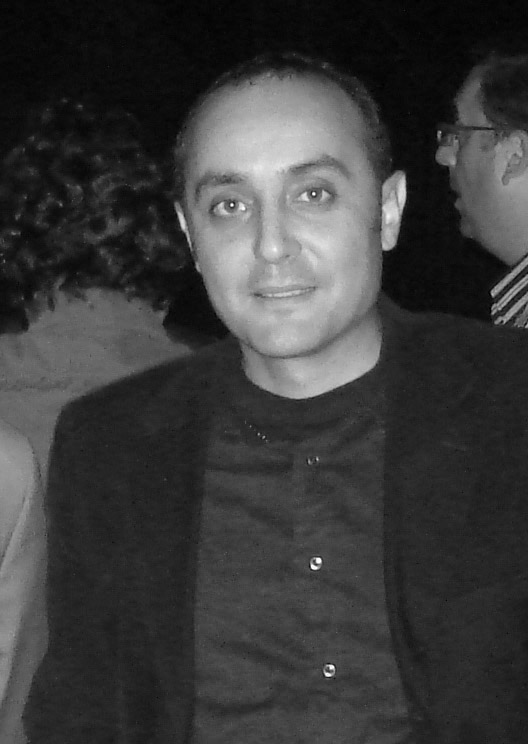 |
Why We Need the Moon
By Tilly Evans
|
What’s so special about the moon? It’s a ball of rock orbiting around our slightly bigger rock whizzing around the Sun – so why is it so important to us? We may not consider the effects the moon has on our planet, but without them, life may not have evolved as we know it today. When you look up on a clear night you can see the moon’s craters, these craters could have been craters on Earth but instead, the impacts were diverted by the moon’s gravity. The moon acted as our protector over the years, shielding us. |
 Earthrise. Credit: NASA Earthrise. Credit: NASA |
|
Before the formation of the moon, it is thought that the Earth rotated on its axis every 6 hours. Such speedy rotation causes severe weather, but by slowing the spin of the Earth the steady pattern of climate and seasons necessary for the evolution of life was made possible. Most important is the effect on the oceans. It is thought that life began in the Earth’s oceans. Our tides, created by the moon’s gravity, cause the regular movement of water over the land which could have encouraged water-based life to adapt to living on the land. The gravitational pull the Earth feels from the moon causes our tides and could be a reason why we have plate tectonics. Plate tectonics are important for our planet, by recycling elements in the Earth’s crust and are an important part of the carbon cycle that helps the planets temperature regulation. Venus and Mars are close to the habitable zone in our solar system, but why don’t they have life? Venus has an atmosphere that is toxic to life as we know it. Some of the toxic elements in Venus’ atmosphere could possibly have been removed if the planet had plate tectonics, lessening the greenhouse effect and reducing the surface temperature making the possibility for life more feasible. Venus has no moon – this isn’t the only possible reason it doesn’t harbour life, but it could be a contributing factor. Mars, on the other hand, does have moons but they are much smaller than ours so they couldn’t have stabilised its rotation in the same way that our moon has; their gravity wouldn’t have been strong enough. This instability in Mars’ rotation could have caused it to flip on its axis leading to a complete change in its oceans. These are but a few of the effects substantial moons could have had. So as it seems, our moon is very important, maybe the best places to look for life elsewhere in the universe are other planets that have moons too. |
|
|
Tilly is this year's Global Astronomy Month blog coordinator. She is an undergraduate student in the School of Physics and Astronomy at Cardiff University. During the summer break in 2017, she undertook a placement in Cardiff University with Faulkes Telescope producing educational resources for schools. |
 |
Experiments on the Moon
By Tom Gordon
Think like an astronautIt’s been said that the first people to set foot on Mars have already been born. Whether you like it or not, it doesn't really matter, because it’s probably true, so we should probably start getting used to the idea. In addition, designs and plans to go back to the moon for long-term lunar base missions have already started. The new space race is upon us and the best way to prepare ourselves, is to behave like it has already happened and start doing some experiments as if we’re already there, because before too long, we will be! |
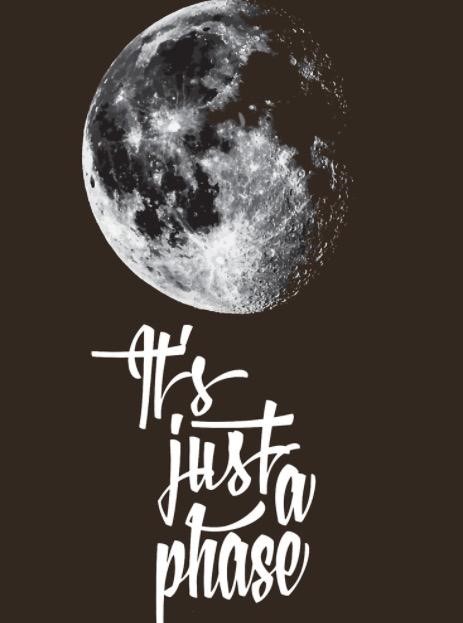 |
|
Here are some simple experiments or life-pro-tips on how to behave like a Lunar inhabitant |
|
1. Phases of the moonYou can model the phases of the Moon with Oreo Biscuits. If you break the biscuit apart carefully, you’ll be left with the cream filling, and this can be used to model phases of the Moon. Your challenge is to (not eat all the Oreo’s) model the Moon’s phase each night for 28 days! Each night, go and look at the moon, and make some notes about how it looks, then replicate this with the Oreo’s. How is this helping us with being a lunar explorer? Well, we need to know where the Moon is, and the phases of the moon tell us where the moon is in relation to the Earth and the Sun. |
Credit: S. Evans |
|
This is important information to know when going to the Moon. After all Lunar observations in the late 1500’s is where the race to the moon really began. In addition, the 12 Apollo astronauts who walked on the moon, were simply doing lunar observations, just from a lot closer! 2. RegolithYou can make a material called Moon sand. It’s very simple, (though not exactly the same a the Lunar regolith), and it’s a cool material to play with and learn about. Mix 2 cups plain flour, ¼ cup baby oil together (for more just multiply the ingredients) and you’ve got yourself some simulated Moon sand. There are many version of the recipe online, some people call it kinetic sand. |
|
|
When the Apollo astronauts were first designing their mission to the moon, they had very little idea what the Moon was made of, in fact, one of the major science goals for Apollo 11, was to collect a lot of Lunar Regolith to study for future missions. Nasa found out many things about the Moon based on its surface composition. Including this from Harrison Schmitt, Apollo 17 Astronaut and the first Scientist to walk on the moon. “The invasive nature of lunar dust represents a more challenging engineering design issue, as well as a health issue for settlers, than does radiation.” |
|
|
In that theme, make some Moon sand and construct a Lunar landscape or create a footprint in it like the iconic image from Neil Armstrong. Here are a couple of ideas for experiments:
|
|
3. Moon gravityThere are a number of ways of simulating weightlessness. We can go to the ISS, go on the Vomit Comet (KC-135 or A300), or do an experiment in a drop tower, but they’re all difficult and expensive to access and expensive. But with a little maths (I’ll leave this up to you!), we can work out how to do a basic Lunar gravity simulation. On Earth, an object dropped from 1m will take about 0.45s to reach the ground. On the Moon, with its 1.672 m/s^-2 acceleration due to gravity (compared to 9.8 m/s^-2 on Earth) it’ll take the same object 1.1s to fall 1 meter. You can work this out with simple equations of motion. So with that information, you should be able to create a model of Moon gravity be making a 1 meter high ramp for a cart to go down where it takes 1.1 seconds to reach the bottom. This would model the acceleration of an object falling 1 meter on the Moon’s surface. There are plenty of other ways to do this including Atwood’s Machines. (I’ll let you look that up!). Once you can model the gravitational field on the Moon, you can do some cool experiments like, measure the weight (using some scales) of different objects in Moon gravity, see how different objects ( Newton's cradle, for example) behave in reduced gravity. |
|
4. TrainingLastly, act like an astronaut!. An extremely easy and cheap way to do this is to be healthy and get fit. It’s what astronauts spend a lot of time doing. Another way to act like an astronaut is to go for a snorkel, this is a great way to experience simulated weightlessness underwater. |
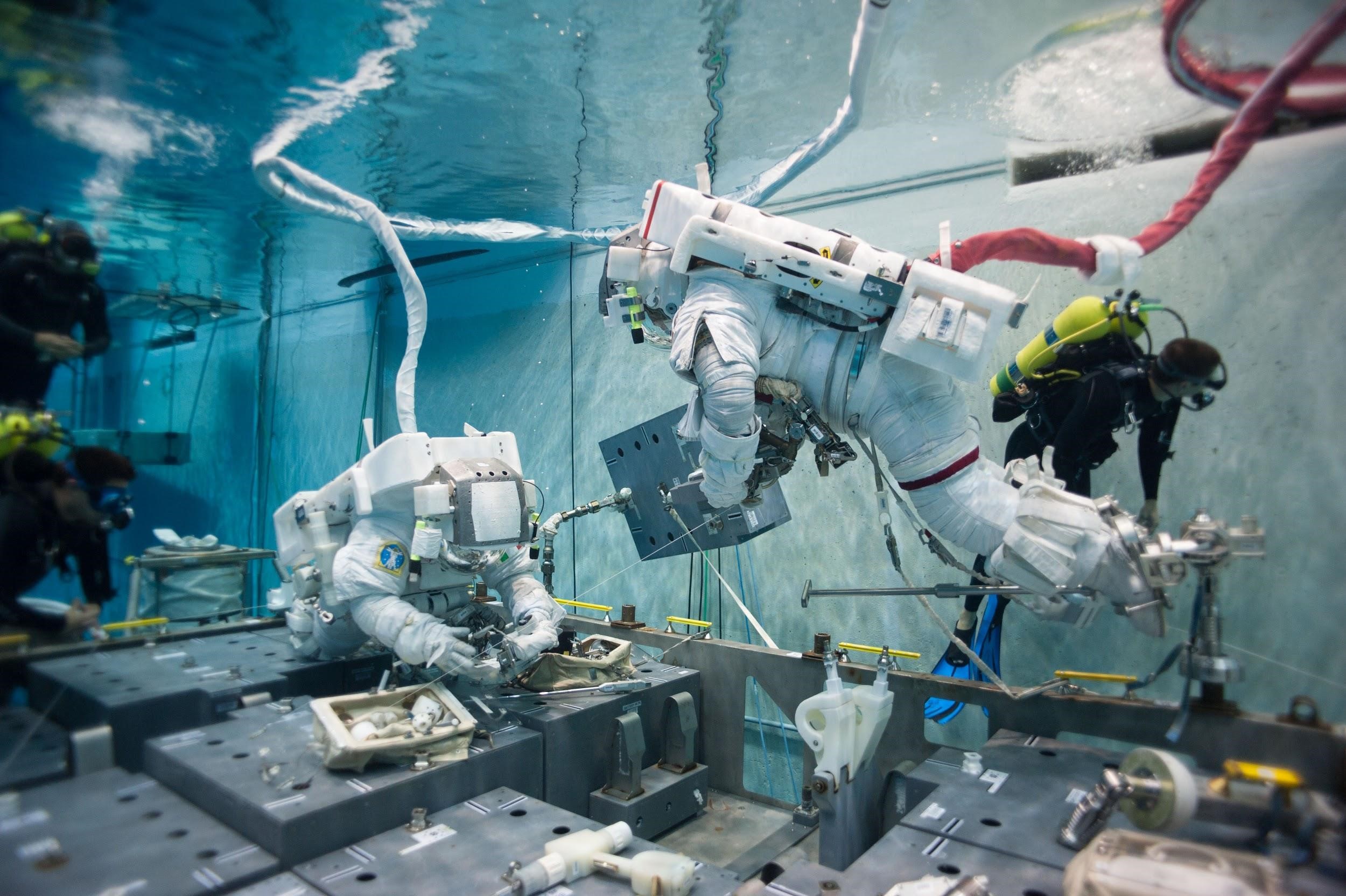
Credit: NASA |
|
Astronauts spend a lot of time training in what’s called the Neutral Buoyancy Lab. Full-scale mock-ups of components are installed in the lab and Astronauts spend hours upon hours in the lab practising being weightless. A very inexpensive way to replicate this is to go Snorkeling. If you can, go SCUBA diving too! As a challenge, create a fine motor task for yourself to do while underwater. Get some gloves, go to the beach and solve a Rubik's cube underwater (for example). You’ll essentially be training yourself to be an astronaut! Humans will need to change in order to survive on the Moon. We’ll change in response to the atmosphere, gravity, living conditions, food production, society...many ways. We’ll change physically and emotionally, forever. We need to be ok with this. The fact that people already started planning for Lunar missions, will not change if we’re not ready for it, so let’s prepare ourselves by doing some experiments on Earth. |
|
|
Tom Gordon is a science communicator at the School of Physics. His role is to provide and develop outreach programs to, mainly, High school students in order to assist them with their studies, provide mentors and information about University life and expectations. In addition, he runs many other School and holiday programs such as Gifted and Talented workshops and he is the Chair of the School of Physics outreach committee. |
 |
|
He did a degree in Astronomy and Astrophysics as well as a Graduate Diploma in Science Communication at the ANU, then a Master’s Degree in Space Studies in France. After returning to Australia he was a High School teacher for 4 years in Sydney, and a stint at the National Measurement Institute as a legal metrology policy officer. His role also extends to media enquiries and publications, as well as in-reach to current university students as well as Science Teachers workshops and forums. In his spare time, he is on the executive of the Parents and Citizens committee at his daughters' school and he has also become involved and very interested in the Australian Political process by joining and being active in a minor political party. |
|
Our Constant, Changing Moon
By Monica Young
|
The theme for this year’s Global Astronomy Month is the Moon. No wonder! The Moon is often the first thing a toddler recognizes in the night sky, yet its ancient history draws in skywatchers with many years of experience under their belts. This simple orb embodies incredible layers of complexity and contradictions — let’s look at a few of them. 1. Bright vs. DarkThe full Moon lights up our night skies, blocking out all but the brightest stars — in fact, it’s so blindingly bright through a telescope, you’re best off using a polarized filter lest you kill your night vision for the evening. But that’s the Sun’s brilliance we see — the surface of the Moon is actually a dark gray, more like aged asphalt than shining white. |
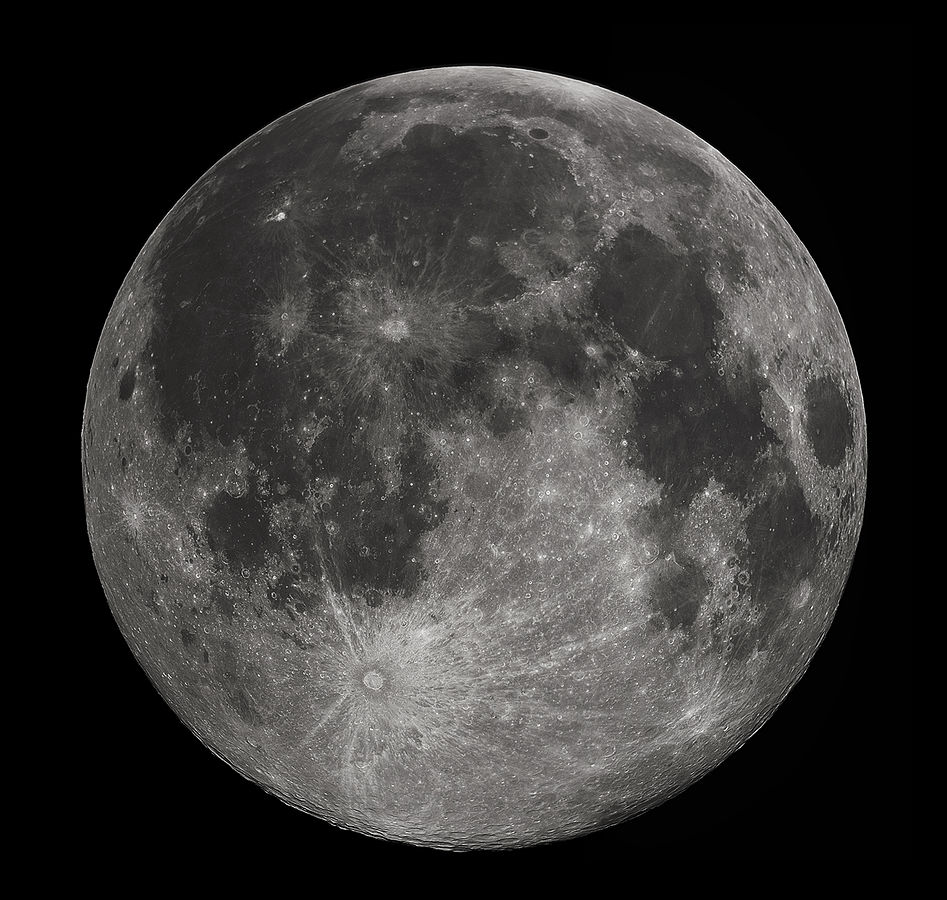 The full Moon appears blindingly bright through a telescope, but it's actually a dark gray, reflecting only 12% of the Sun's light. Credit: Gregory H. Revera |
|
The surface of the Moon embodies the same night-and-day opposition — crater walls near its poles, dubbed “peaks of eternal light,” rarely miss sunlight. But permanently shadowed crater floors, also near the poles, are shielded from the Sun forever. (And they might hold millions of metric tons of ice as a result.) 2. Good vs. EvilPerhaps it's no coincidence that the mythology and symbolism of the Moon portray the same conflict. The Greek goddess Artemis and her Roman equivalent Diana are virgin huntresses who represent the Moon, making it a beacon of purity. But the moon is just as often associated with lunacy, werewolves, and “trouble on the way.” 3. Changing vs. ConstantThe Moon embodies opposites so well in part because it’s always changing: From the new Moon, to waxing crescent, full Moon, and waning gibbous phases, the Moon graces our evening, midnight, and dawn skies. Its regularity is so dependable that the world’s ancient calendars were based on its cycles. In fact, the word “moon” derives from Indo-European roots meaning "month" and "measure". The Moon has been Earth’s constant companion since its earliest days. A recent theory suggests that a Mars-sized body slammed into Earth when it was only 100 million years old, turning our rocky planet into a terrestrial synestia, a molten, spinning, donut-shaped mass. Eventually, this hot mass cooled and separated into the Moon and Earth. This amazing origin would explain why the Moon is made of the same stuff as Earth, even having the exact same isotopic ratios (e.g., oxygen-16 to oxygen-14). Since it formed all those 4.5 billion years ago, the Moon’s surface has changed remarkably little: most of the craters we see on its surface are well over a billion years old. Tycho, one of the Moon’s largest and most recognizable craters is an interesting exception: Astronauts brought back rocks sampled from this craters’ rays, which indicate its age is about 100 million years old. Still, the arid lunar landscape is nearly changeless — those astronauts’ boot prints will long outlive their makers. 4. Life vs. Magnificent DesolationThe most crucial difference between Earth and its companion is, of course, life. Earth supports luscious greenery, while the Moon exists in what Buzz Aldrin called “magnificent desolation.” For many years, astronomers clung to the idea that certain shapes and flickers they saw through their telescopes signified lunar civilization. But better observations and, eventually, boots on the ground proved otherwise. In a sense, the Moon represents everything the Earth is not: it cannot support an atmosphere, global magnetic field, plate tectonics, running water, or life. Yet because of that, the Moon displays on its surface what Earth has hidden from view: a record of the history of the solar system. As you explore the Moon this month, keep in mind: there’s much more to Earth’s companion than first meets the eye. |
|
|
Dr. Monica Young earned her Ph.D. researching the behavior of supermassive black holes in distant galaxies. In 2012, she joined the talented team at Sky & Telescope, where as News Editor, she edits, writes, and commissions news stories and magazine feature articles. |
 |
The Moon: Our Constant Companion
By Mike Simmons
The Moon – the theme for this year’s edition of Global Astronomy Month (GAM) – outshines every other celestial object in its ability to inspire. From a bad omen to a sign of love, the Earth’s Moon has been important in cultures throughout the ages. For denizens of brightly-lit modern cities it’s practically the only nighttime object anyone ever notices.
The Moon can also play a role in connecting our planet’s inhabitants. A government minister in Kurdistan (Iraq) once told me how, during a visit to California in the US, he was talking to someone in Iraq when they realized they could both see the Moon – rising in California, setting in Iraq. Both saw the same object but from different angles on Earth’s sphere. Always visible from half the Earth’s surface, how many amateur astronomers, poets, lovers, and others gaze at the Moon at the same time?
There were perhaps a million who saw the Moon telescopically during one night during the Global Star Party (GSP) in 2009 as nighttime swept the globe. The GSP was part of the 100 Hours of Astronomy Cornerstone Project of the International Year of Astronomy 2009, a worldwide effort that I led and the precursor of GAM. Thousands of amateur astronomers brought their telescopes to the streets to share the nighttime sky with the public. A friend in India related the comments of an elderly gentleman who said he’d witnessed three events that had united Earth’s population, two of which involved the Moon: Lindbergh’s solo flight across the Atlantic in 1927, Apollo 11’s landing on the Moon in 1969, and 100 Hours of Astronomy. How many looked up at the Moon as Neil Armstrong and Buzz Aldrin explored its surface?
The Moon may even have played a critical role in the creation of life on Earth because of its large size relative to our planet. There are larger moons in our solar system but they orbit planets that dwarf ours. In Voyager 1’s famous Pale Blue Dot image Earth is just one bright pixel identified as our home planet. In Cassini’s image looking home from Saturn, the Earth and Moon seen together are unmistakable as a unique planet-moon system.
The Moon plays a role in diversity as well. There are tactile versions for the visually impaired, and those with even very limited sight can often view its features up close in telescopes. Culturally, the Moon has been female over the last couple millennia – Selene in Ancient Greece, Luna in Ancient Rome (the Sun is male). During GAM we’ll explore the Moon’s more modern feminine side through the Virtual Telescope Project as Italian astrophysicist Gianluca Masi and Canadian artist Bettina Forget take us on a special live tour of lunar features named for women. Bettina will follow up with a workshop on sketching these features.
The Moon has something for everyone – scientist, poet, geologist, artist, explorer. It was likely the midwife to Earth’s early life and has been humanity’s constant companion. The Moon was where we took our first tentative step into the Cosmos. We’ll reflect on all these roles with a variety of programs during Global Astronomy Month 2018.
|
Mike Simmons is the founder and president of Astronomers Without Borders. No stranger to organizing global programs, Mike was was co-chair of 100 Hours of Astronomy in the International Year of Astronomy 2009. Mike has been an amateur astronomer involved in public outreach and education for 40 years. |
 |





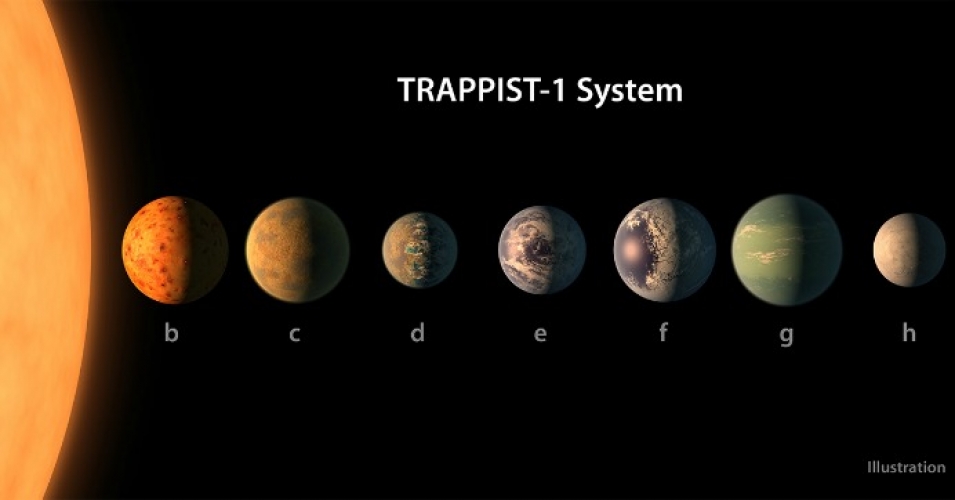
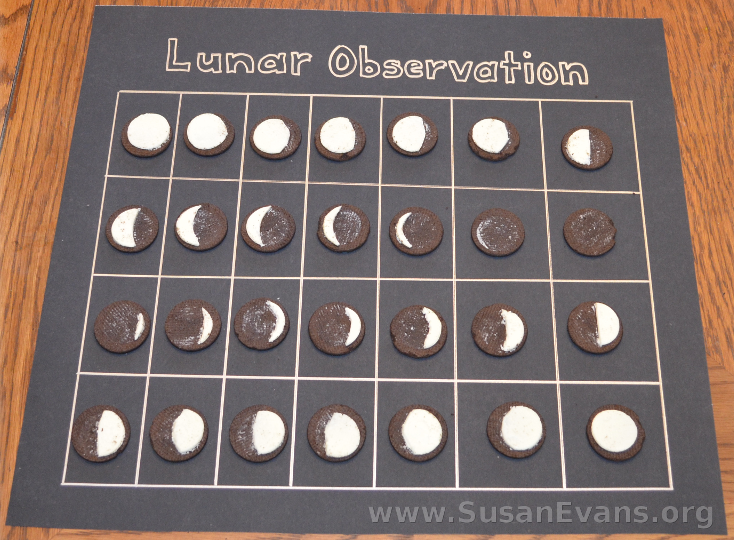
 Credit: NASA
Credit: NASA